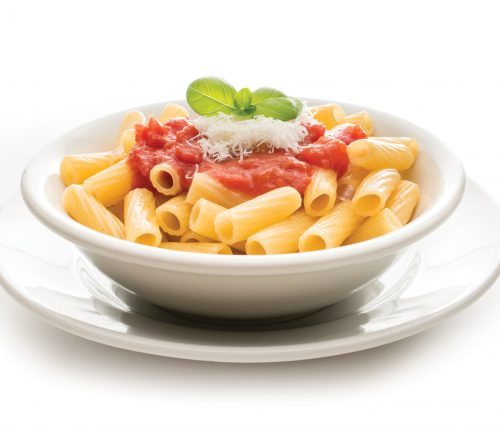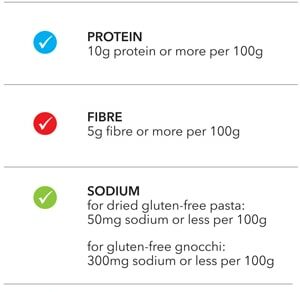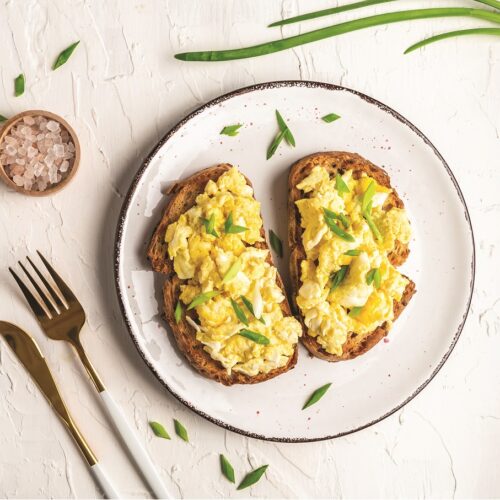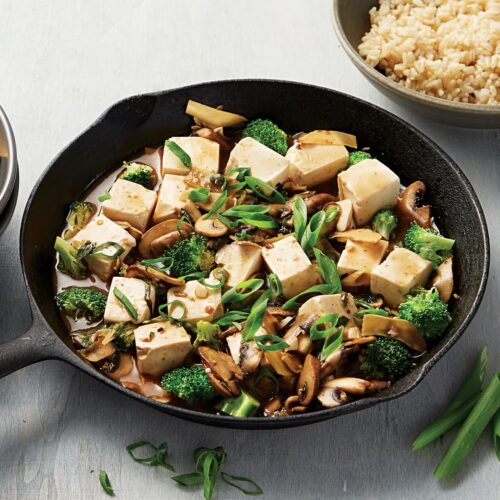
Following a gluten-free diet used to mean missing out on foods such as pasta, but now there is an increasing array of gluten-free options on the market, that everyone can enjoy.
What’s available
Gluten-free pasta is made from wheat alternatives such as rice flour, quinoa flour, black beans, edamame beans, mung beans, sorghum, amaranth, maize (corn) flour, potatoes, soy beans or a combination.
Energy
Gluten-free pasta is a source of carbohydrate, protein and fibre but the amount of each varies widely depending what the pasta is made from. On average, 100g of gluten-free dried pasta provides around 1480kJ-1600kJ, and the gnocchi around 630-680kJ.
Sodium
In the majority of pastas we looked at, the sodium content was very low, at around 50mg or less. The exception was the gnocchi, which contained around 300mg per 100g. When cooking pasta, it is normal to add salt to the water to bring out the flavour. We recommend you check the sodium level in the pasta before doing so, and adding 1/4 teaspoon for 2-4 serves should be plenty. If using gluten-free gnocchi, you won’t need to add salt at all as the sodium is high enough. We recommend choosing gluten-free dried pasta with 50mg or less of sodium per 100g and choosing gluten-free gnocchi with 300mg or less per 100g.
Protein
Pasta can be a good source of protein. Some can have around 45g per 100g while most will range from 3.4g per 100g, to 11.2g per 100g. For the lower-protein pastas, add fish, chicken, meat, tofu or beans to increase the protein in your meal. Regular wheat pasta has around 12-14g protein per 100g. We recommend choosing gluten-free pasta with 10g or more protein per 100g.
Fibre
Not all pastas have the fibre content listed on the nutritional information panel. We recommend choosing gluten-free pasta with 5g fibre or more per 100g.
What’s a good serving size?
An ideal serving size is around 50g of dried, uncooked gluten-free pasta, which equates to about 3/4–1 cup cooked. The gnocchi serve would be larger at 125g as it is fresh rather than dried.
How to choose
Use these criteria to compare gluten-free pasta.

www.healthyfood.com










